#astronomy picture of the day
Text
Close up of Pluto from the New Horizons space probe.
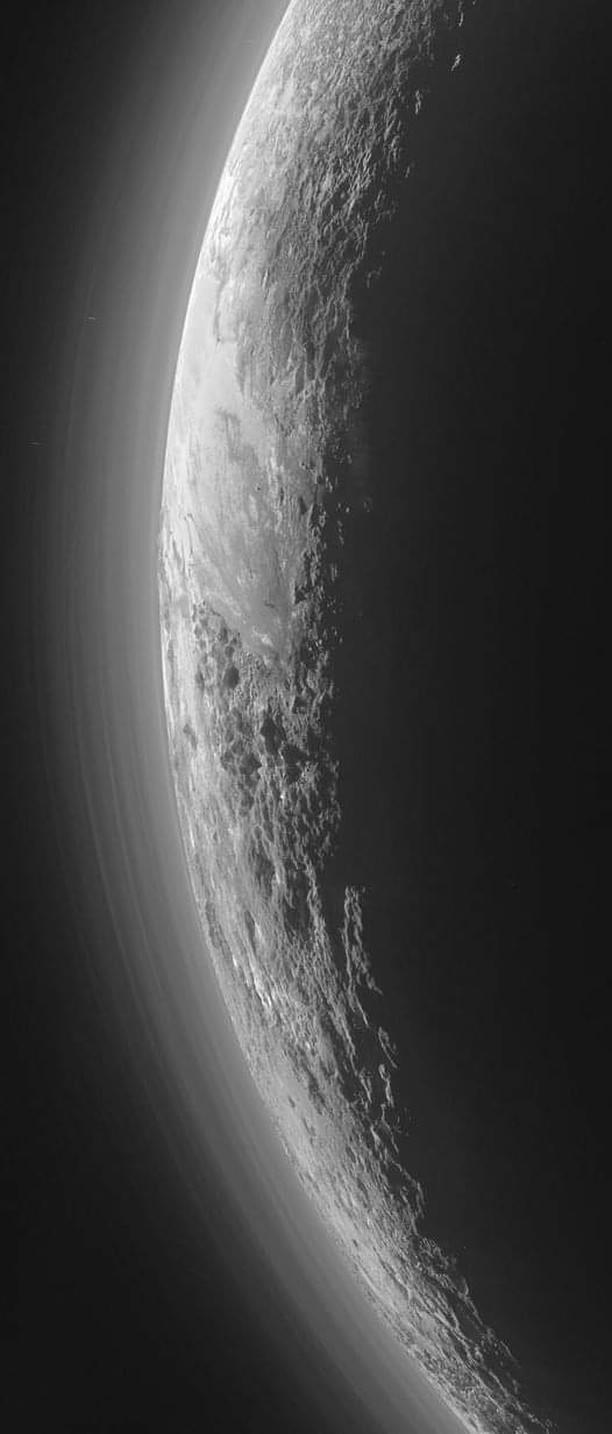
Will be adding several more photos to this same post
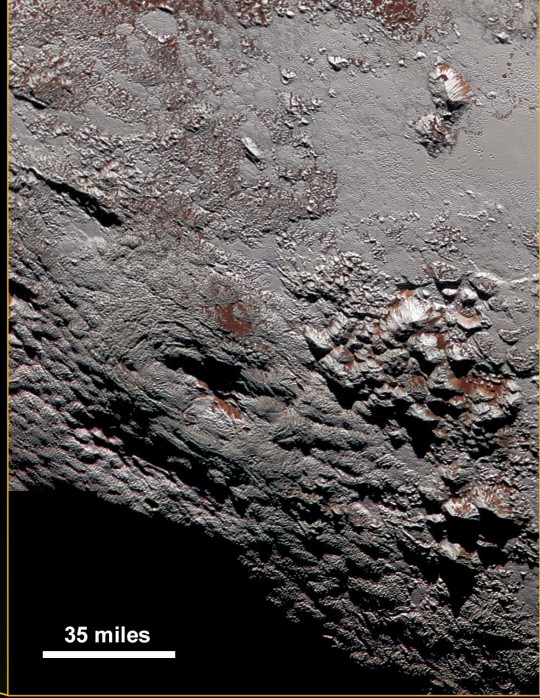


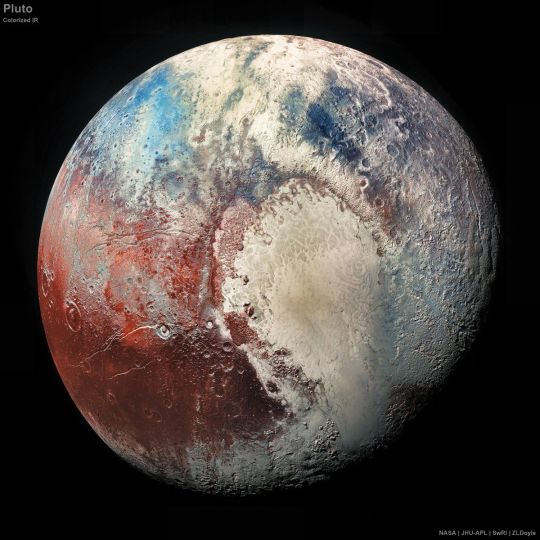

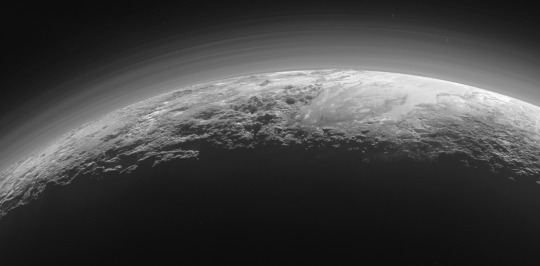

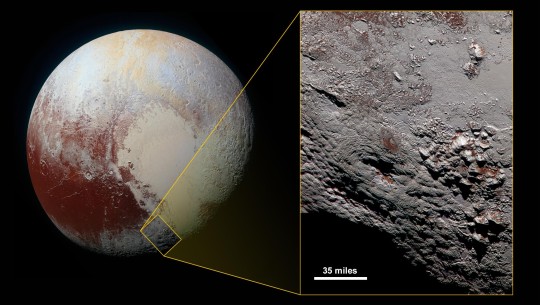
#astronomy#nasa#astronomers#universe#astrophotography#nasa photos#nasawebb#astrophysics#outer space#hubble space telescope#astrology#astronomy photography#astronomy picture of the day#astro observations#astro notes#astro community#astrography#our universe#nebula#pluto#planets#planet#nasa picture of the day#goddard space flight center#galaxies#galaxy#spacecraft#new horizons#space exploration#space
18K notes
·
View notes
Photo
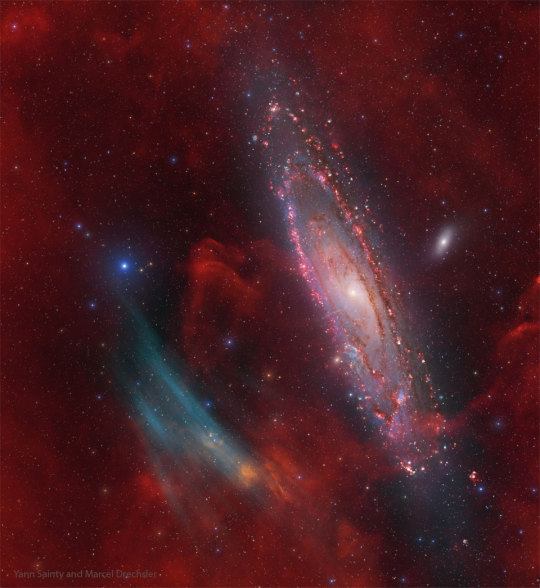
via NASA https://ift.tt/lRpevPw
2K notes
·
View notes
Text

Can you spot the horse's head in this image? What you're observing isn't the renowned Horsehead Nebula in Orion, but rather a fainter nebula that reveals its familiar shape through deeper imaging. At the core of this molecular cloud complex captured here is the reflection nebula IC 4592. Comprising fine dust, reflection nebulas typically appear dark but take on a blue hue when reflecting visible light from nearby energetic stars. In this scenario, the primary source of reflected light is a star located at the horse's eye, part of Nu Scorpii, a prominent star system in the Scorpius constellation. Another reflection nebula, IC 4601, surrounds two stars visible just above and to the right of the image center.
All credits go to:
Antoine & Dalia Grelin
You can find the full article here
#space#nasa photos#nasa#astronomy picture of the day#astronomy#astronomy photography#science#nasawebb
33 notes
·
View notes
Text
shout-out to Astronomy Picture of the Day
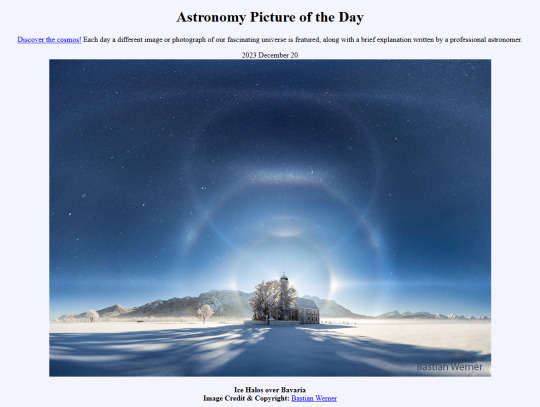
this site has been updating daily for literal decades now and its format has stayed the same the entire time.
there's always something fascinating to read about, and/or you can just look at some pretty fucking cool pictures. 11/10 highly recommend Astronomy Picture of the Day.

29 notes
·
View notes
Text

It struck me that it's been a year and a half since the list time I posted something from Astronomy Picture of the Day, and luckily they just posted a pretty NS-bait photo by Josep Drudis & Christian Sasse:
Ridges of glowing interstellar gas and dark dust clouds inhabit the turbulent, cosmic depths of the Lagoon Nebula. Also known as M8, The bright star forming region is about 5,000 light-years distant.
Big purple
30 notes
·
View notes
Photo
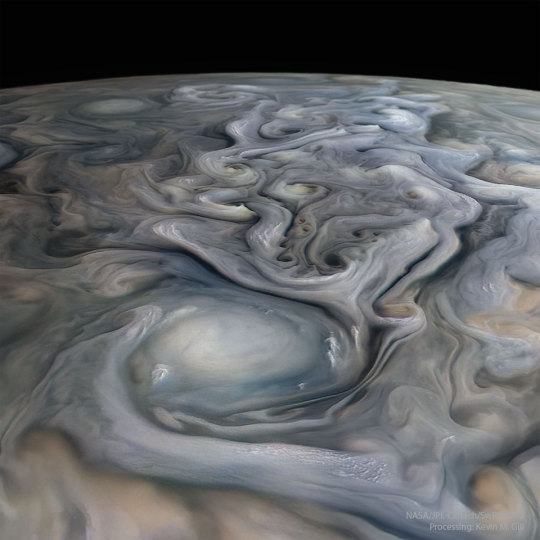
via NASA https://ift.tt/3Uo581h
Big storms are different on Jupiter. On Earth, huge hurricanes and colossal cyclones are centered on regions of low pressure, but on Jupiter, it is the high-pressure, anti-cyclone storms that are the largest. On Earth, large storms can last weeks, but on Jupiter they can last years. On Earth, large storms can be as large as a country, but on Jupiter, large storms can be as large as planet Earth. Both types of storms are known to exhibit lightning. The featured image of Jupiter's clouds was composed from images and data captured by the robotic Juno spacecraft as it swooped close to the massive planet in August 2020. A swirling white oval is visible nearby, while numerous smaller cloud swirls extend into the distance. On Jupiter, light-colored clouds are usually higher up than dark clouds. Despite their differences, studying storm clouds on distant Jupiter provides insights into storms and other weather patterns on familiar Earth.Â
37 notes
·
View notes
Photo

Milky Way over French Alp Hoodoos via NASA https://ift.tt/y0ENLIu
Real castles aren't this old. And the background galaxy is even older. Looking a bit like an alien castle, the pictured rock spires are called hoodoos and are likely millions of years old. Rare, but found around the world, hoodoos form when dense rocks slow the erosion of softer rock underneath. The pictured hoodoos survive in the French Alps and are named Demoiselles Coiffées -- which translates to English as "Ladies with Hairdos". The background galaxy is part of the central disk of our own Milky Way galaxy and contains stars that are typically billions of years old. The photogenic Cygnus sky region -- rich in dusty dark clouds and red glowing nebulas -- appears just above and behind the hoodoos. The featured image was taken in two stages: the foreground was captured during the evening blue hour, while the background was acquired from the same location later that night.
(Published May 16, 2022)
205 notes
·
View notes
Photo

Spiral Galaxy NGC 6744 (NASA Astronomy Picture of the Day of June 23 of 2022)
#galaxy#galaxies#astronomy#astronomy blog#astronomy photos#astronomy pictures#Astronomy Picture of the Day#NASA pictures#NASA photos#NASA telescope#NASA picture of the day#NASA#spiral#space#universe#milky way#moon#astros#astrophotography#astro observations#tumblr#aesthetic#WHERE THE SKIES END
150 notes
·
View notes
Text
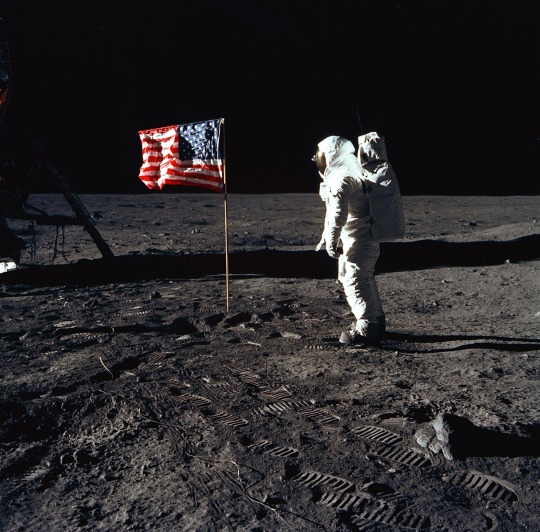
15 notes
·
View notes
Text
Portrait mode of Pillers of Creation recently captured by James Webb Telescope 🔭
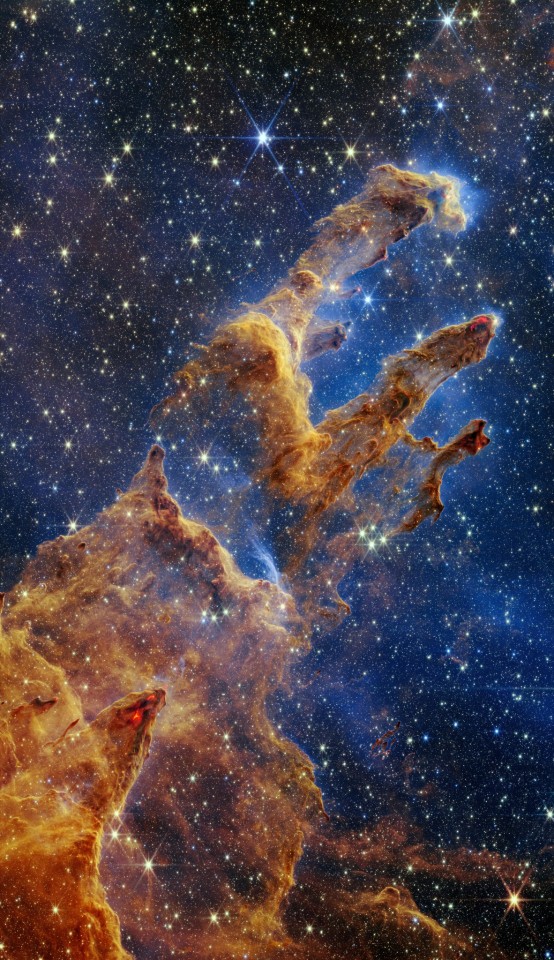
#astronomy#astronomy photography#astronomy pictures#astronomy picture of the day#nasa webb telescope#space exploration#space#astronomy news#space science#outer space#news#science#universo#research#a cosmic time machine how the james webb space telescope lets us see the first galaxies in the universe jwst
32 notes
·
View notes
Text
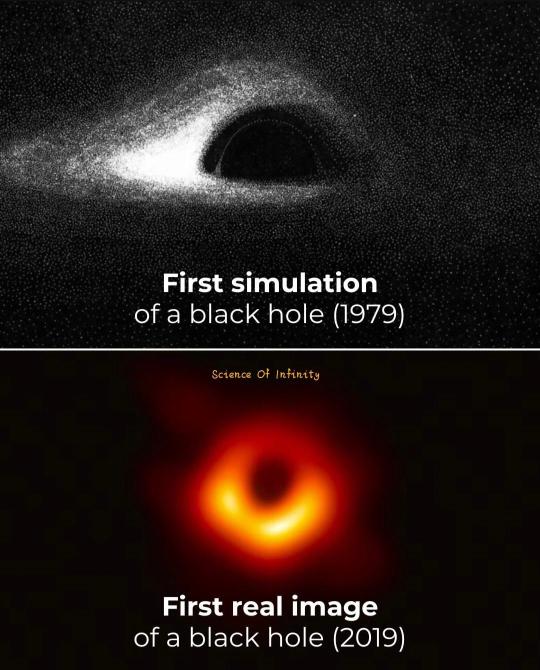
#astronomy#nasa#astronomers#universe#astrophotography#nasa photos#nasawebb#astrophysics#outer space#hubble space telescope#astro community#astro notes#astro observations#astroblr#space exploration#space#astronomy photography#astronomy picture of the day#planetary nebula#science facts#planetary science#space science#science
601 notes
·
View notes
Photo

via NASA https://ift.tt/vnd6VC7
37 notes
·
View notes
Text

This celestial dance unfolds as two colossal galaxies engage in a cosmic duel, connected by a sprawling bridge of stars, gas, and dust spanning over 75,000 light-years. The bridge serves as compelling evidence of their close encounter, subjecting them to gravitational forces and violent tidal effects. Notably, the face-on spiral galaxy on the right, identified as NGC 3808A, showcases numerous young blue star clusters resulting from an intense burst of star formation. On the left, the edge-on spiral NGC 3808B appears entwined in the material linking the galaxies, encircled by a distinctive polar ring. Collectively, this system is recognized as Arp 87. Despite the protracted nature of such interactions over billions of years, repeated close passages will eventually lead to the merger of these galaxies. While the scene may seem unusual, galactic mergers like Arp 87 are believed to be commonplace, representing a stage in the ongoing cosmic evolution. Situated approximately 300 million light-years away in the constellation of Leo, the Arp 87 pair reveals a captivating celestial spectacle, with the prominent edge-on spiral galaxy at the far left likely serving as a distant background galaxy, not directly involved in the unfolding merger.
fun fact: While these colossal dances may take billions of years, the eventual merging of galaxies creates new, blended entities, giving rise to unique cosmic identities.
All credits go to:NASA, ESA & hubble
You can find the full article here
#space#nasa#nasa picture of the day#nasa photos#hubble#hubble space telescope#apod#astronomy photography#astronomy picture of the day
4 notes
·
View notes
Photo
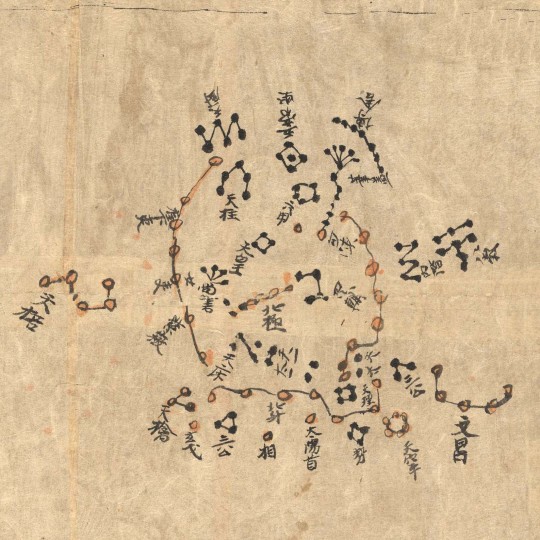
‘This ancient Chinese map of planet Earth's northern sky is part of the Dunhuang Star Atlas, one of the most impressive documents in the history of astronomy. The oldest complete star atlas known, it dates to the years 649 to 684, discovered at the Silk Road town of Dunhuang in 1907. A recent analysis that examines the accuracy and projections used to make it notes the atlas marks positions of over 1,300 stars and outlines 257 Chinese star groups or asterisms. The star positions in the hand drawn atlas were found to be accurate to within a few degrees.’
(via APOD: 2009 June 19 - Dunhuang Star Atlas)
30 notes
·
View notes
Text

Best Regards
Can The Sun Rays Be Created By The Gravitational Waves Motions Energies?
or
Thanks a lot – please read
Physics Nobel Prize For Imaginary Ideas! (Revised)
or
Gerges Francis Tawdrous +201022532292
Peoples' Friendship university of Russia – Moscow
ORCID https://orcid.org/0000-0002-1041-7147
Facebook https://www.facebook.com/gergis.tawadrous
VK https://vk.com/id696655587
Tumblr https://www.tumblr.com/blog/itsgerges
Researcherid https://publons.com/researcher/3510834/gerges-tawadrous/
Livejournal https://gerges2022.livejournal.com/profile
box https://app.box.com/s/47fwd0gshir636xt0i3wpso8lvvl8vnv
Academia https://rudn.academia.edu/GergesTawadrous
Publications http://vixra.org/author/gerges_francis_tawdrous
#astronomy#nasa#astronomers#universe#astrophotography#nasa photos#nasawebb#astrophysics#outer space#hubble space telescope#astrology#astronomy photography#astronomy picture of the day#astro observations#astro notes#astro community#astrography#our universe#nebula#pluto#planets#planet#nasa picture of the day#goddard space flight center#galaxies#galaxy#spacecraft#new horizons#space exploration#space
3 notes
·
View notes
